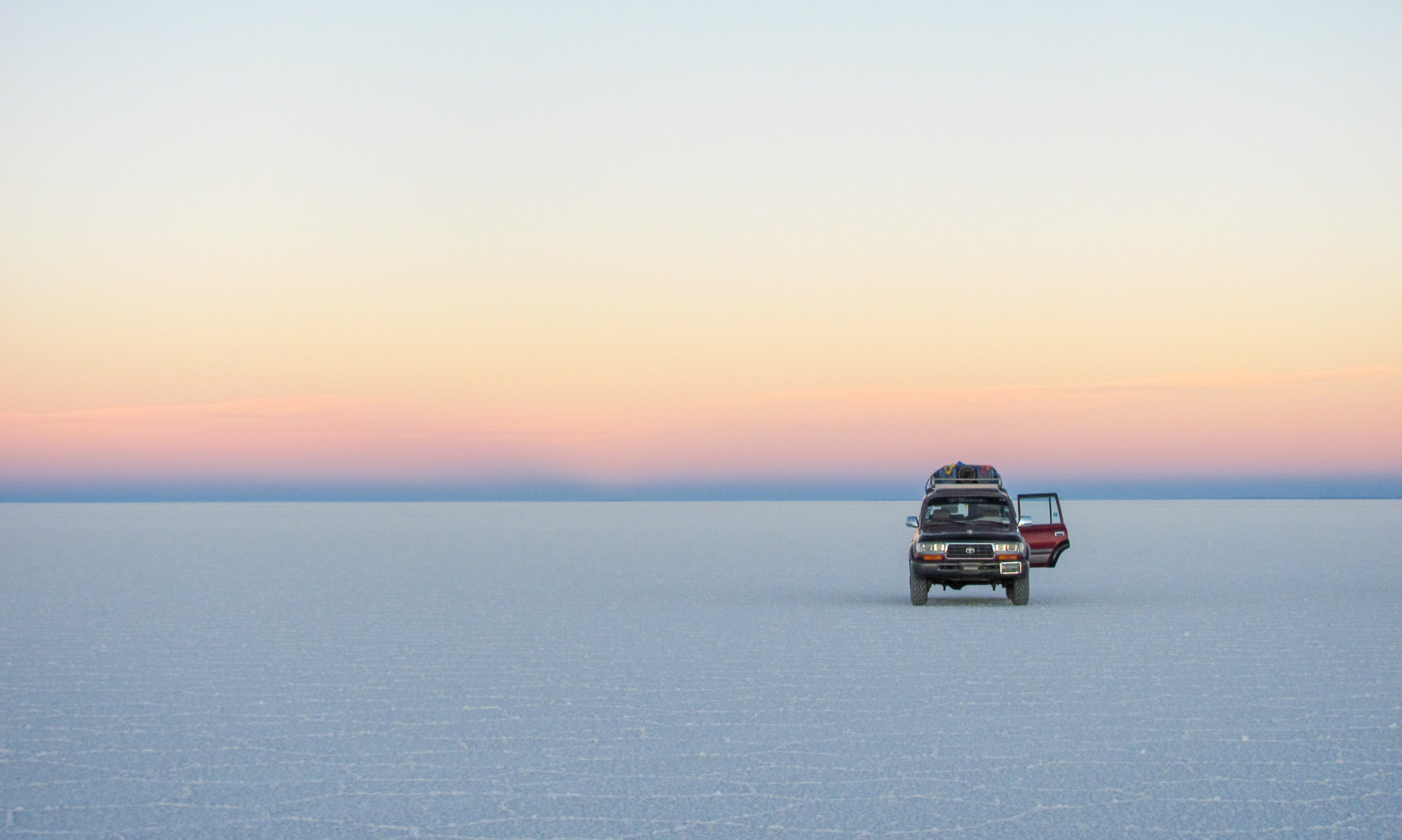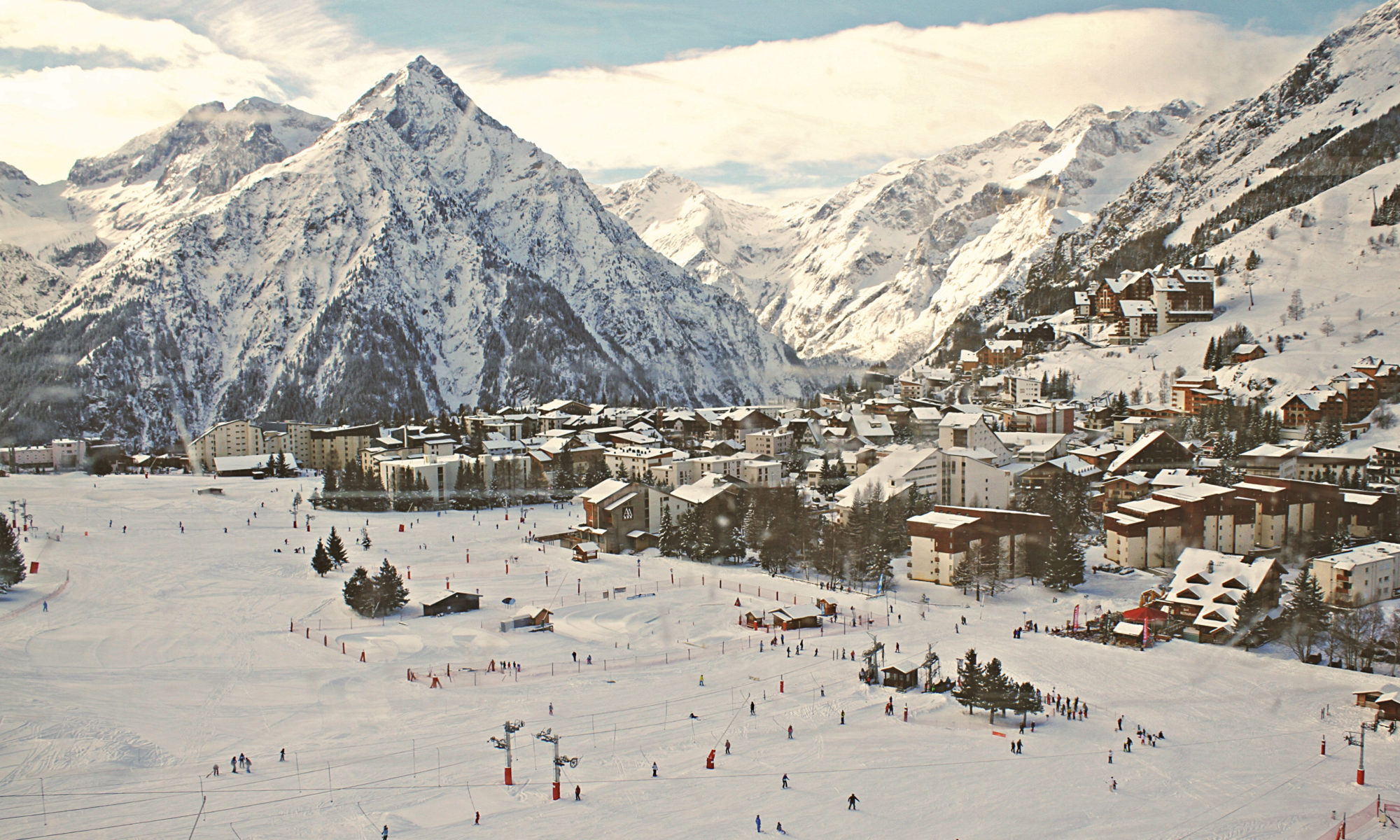Skiing for beginners can be tough. If your parents never took you skiing as a kid, going skiing for the first time in your adult years can be quite daunting. It sure was for me. Your friends tell you scary stories on how they broke their leg on a particular icy black run and in the same breath exclaim that you’ll be fine. Yeah sure. When you spot the snow-capped peaks on your approach to the mountains you’re thrilled. But as soon as you see the slopes up close in all their steepness and massiveness the sweat starts to break out. 5 year olds whizz past as you’re desperately trying to perform the best ‘Pizza, French fries, Pizza, French fries’ to not die on your first attempt off the baby slopes.
I had an incredible hard time skiing for the first time and in a couple of months I’ll be going on my second trip. Hopefully this time it will be going a bit better. There were a few things I wish somebody told me before hand that could have made my experience a whole lot better. Going skiing for the first time? You might want to read this one.
– My first time skiing experience –

Taking private lessons
My first experience with skiing was not the success I had hoped it to be. As I have done a bit of surfing in the past I always thought my balance was above average. When the opportunity presented itself to join the yearly corporate ski-trip of the law firm I used to work for, I signed up confidently. Because other beginners insisted on taking some lessons I joined in on the basis of ‘better to be safe than sorry’. Secretly I expected I wouldn’t really need it.
I have never been so wrong in my life. Together with three colleagues I decided on a full day of ‘private lessons’. One private instructor for us four, for the entire day. When we started out in the morning it appeared that one of my colleagues couldn’t quite master the pancake-lifts that drag you up the start of the beginner slopes. Because she was the only girl of us four and ski instructors will be ski instructors, our teacher focussed all his attention on her. Leaving us three to find out how to ski for ourselves. Occasionally shouting instructions and feedback on our solo adventures down the kiddy slopes. Because the kiddy slopes are not overly long and steep I did not notice immediately what became undeniably clear the following day: I suck at skiing.
Going on a ‘beginner’ ski tour
Confident from our full day of lessons we, together with a few other colleagues who wanted to take it easy, headed out into the real mountains to go on a ski tour. We would be doing a tour of 7 slopes. Mostly easy beginner ‘blue’ runs, and an occasional red run.
The weather was great and we were happily chattering in the chairlifts up the mountain. The first descent started with a gradual piece of a few hundred meters. So far so good. As soon as the grade picked up and the snow turned icier I knew I was out of my league. As my speed increased I became frightful and with that threw all the little lessons from the day before out of the window and crashed myself into the slope to stop myself from accelerating.
Going down my first real run
On my second attempt I didn’t go further than 3 meters before I crashed again. The third time not even 2. All my colleagues were waiting for me a few hundred meters below. I cursed and tried again but as the snow was too icy for me to get good grip I panicked again and crashed. I was fully aware that this was a confidence thing. That because I lacked confidence in my skill I failed at applying the proper technique. I felt myself leaning on the wrong foot time and time again but apparently in skiing knowing what you do wrong, isn’t half the trick.
Disappointed at myself I ditched my ego, told my colleagues to go on without me. I popped off my skies and started to walk back up the slope, intending to take the chairlifts back down and try to find a last-minute instructor to give me some additional lessons. It was only after a tiresome 30 minute snow walk that I discovered that Austrian ski-lift instructions are ruthless. I could not take the chairlifts down. That my technique sucked and feared to injure myself skiing down? Not his problem. Should have thought about that beforehand. So there I was, at the top op the slope, my confidence down the drain and generally fearing for injury with no other option than to ski down the slope.
It was terrible. The descent took me about an hour and a half, when it should have taken about ten minutes. To make matters worse the ski lifts went straight over the slope meaning other skiers going watched me struggle. I don’t really remember what was worse: people trying to be helpful with tips like ‘just be confident and go for it’ or people laughing at me. At the bottom of the slope I discovered that there was no chairlift going back into the valley from here. The only option was to take a different lift back up another mountain and go for round 2.
How a 3 year old saved my life
Infuriated at myself for being so bad at skiing and dreading the next descent, I was full of adrenaline when I found myself at the top of slope number two. As I started heading down I spotted a father teaching his 3 year old kid how to ski. They were holding hands while going down the slope together. At this moment I had no thread of shame left in my body so I stumbled over to the pair and admitted to the father that I was dead scared of going down. This was the best thing I did that day. The father was patient and told me to gently follow them. Following his tracks. He even shouted instructions to me as we moved down very slowly.
I suddenly felt myself decelerating in the turns as I dug the right heel into the snow. It was slow going, but my confidence grew back a little. A few hundred meters down the slope I felt able to do the rest on my own. AND IT WORKED. Ofcourse I wasn’t suddenly an expert but I managed to go down the rest of the slope with only one or 2 safety crashes in between. Crushing my previous time-record of 1.5 hours with at least an hour. I forced myself to go back up this second slope and do it again. This time finishing it in about 15 minutes.
Saved by the bell
Content that I regained my confidence somewhat I wanted to do another run. Then I noticed it was already 4PM. Which means time to head back into the village and prepare for the apres ski. In all honesty I couldn’t be more relieved.
Obviously this isn’t how skiing for beginners is supposed to be. To make sure it will not be like this for you, you must prepare properly. That means picking the right ski resort, practicing before you go and bringing the right gear. Let me tell you what to do.
– Preparation –
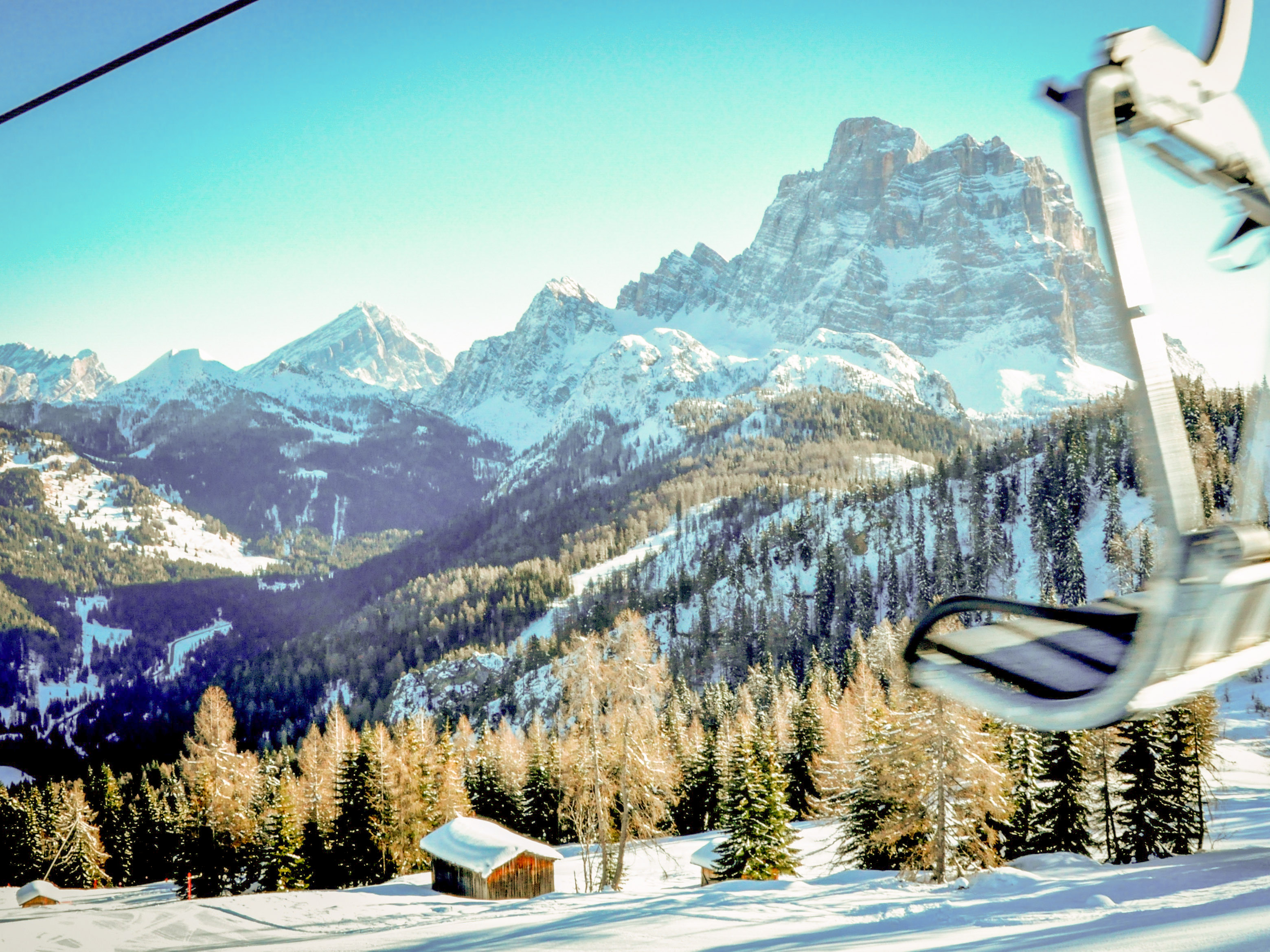
Best ski resorts for beginners
With the Alpes, Pyrenees and the mountain ranges in Northern Scandinavia there are plenty of ski resorts in Europe. Some destinations are however more suited for first timers than others. Generalising a bit, the quality of ski resorts are more determined by country borders than by anything else. Some research and lots of talks with more experienced skiers has led me to conclude the following.
The slopes in Switzerland are well maintained and laid out. They are amongst the steepest and most difficult tracks but there are also plenty of beginner routes. Ski resorts in France are located at the highest elevations and thus the snow is best. On the downside: they are more rugged and less taken care off. There are plenty of easy grade beginner routes but paths are often narrow. As a beginner this is not ideal as you want a wide track to take wide turns. A steeper wide slope is easier to tackle than a less steep but narrow one. Spanish slopes (in the Pyrenees) are generally comparable to French ones, albeit even less maintained.
The best slopes for a beginner can probably be found in Austria. Slopes are well maintained and laid out, and the tracks are nice and wide. The skiing is comparable to Switzerland but the apres ski is much more lively. This is a good thing for a beginner. You might not shine on the slopes, but you can compensate for this in the bar;). Concluding: the best ski resorts for beginners can be found in Austria.
Practice back home
I ignored this advice but you shouldn’t. If you live in a large city chances are big that there is an indoor ski simulator hall in town. Basically this is a big treadmill with its track at an angle from which you can ski down indefinitely. Every single person I spoke to, including people that are really experienced at skiing told me this is the single best way to learn proper technique. The reasons:
a.) the treadmill is actually harder to ski on than real snow meaning you need proper technique to master it;
b.) the instructor can watch you from up close, immediately spotting your errors and correct them;
c.) you can ski down indefinitely without having to ‘go back up the slopes’ – giving you the maximum amount of actual skiing time in the minimum amount of time spend;
d.) you can ski whenever you want, rain or shine; and
d.) compared to private lessons in the snow, it is dirt cheap. Expect to pay about EUR 30-40 for an lesson of an hour, 1-on-1.
Of course practicing in a real ski-hall is a great preparation as well but the ski-simulators are the best way to get your technique imprinted minimising the chances of you forgetting about it when faced with real snow.
What to bring
While most skiing gear can be rented most ski resorts do not have the option of renting ski-clothing. It is best to bring your own thermals and ski-suit. This doesn’t have to be the perfect it – it is perfectly fine to borrow a ski-suit from a friend. Take into account the weather forecast before putting on all your thermals. As a beginner you will be ploughing more snow than more experienced skiers, meaning more exertion meaning you’ll get warm fast. On sunny days you’ll certainly regret putting on your thermals or even putting on a jumper at all – even if the outside temperature is minus 3 degrees Celsius.
Do not forget to bring shades as the reflection of the sun on the snow can be quite bright. Also do not forget to put on sunscreen.
Lastly it is not really necessary to book a ski-pass upfront. Unless its cheaper in your specific resort, but ski-passes can be bought all around town. Most rental companies sell them and at the bottom of the lifts you can buy them as well. Lines generally aren’t that long. Make sure you pack your (credit) card in a pocket to buy a filling hot meal in one of the many mountain restaurants dotting the most popular skiing resorts.
– While you are there –
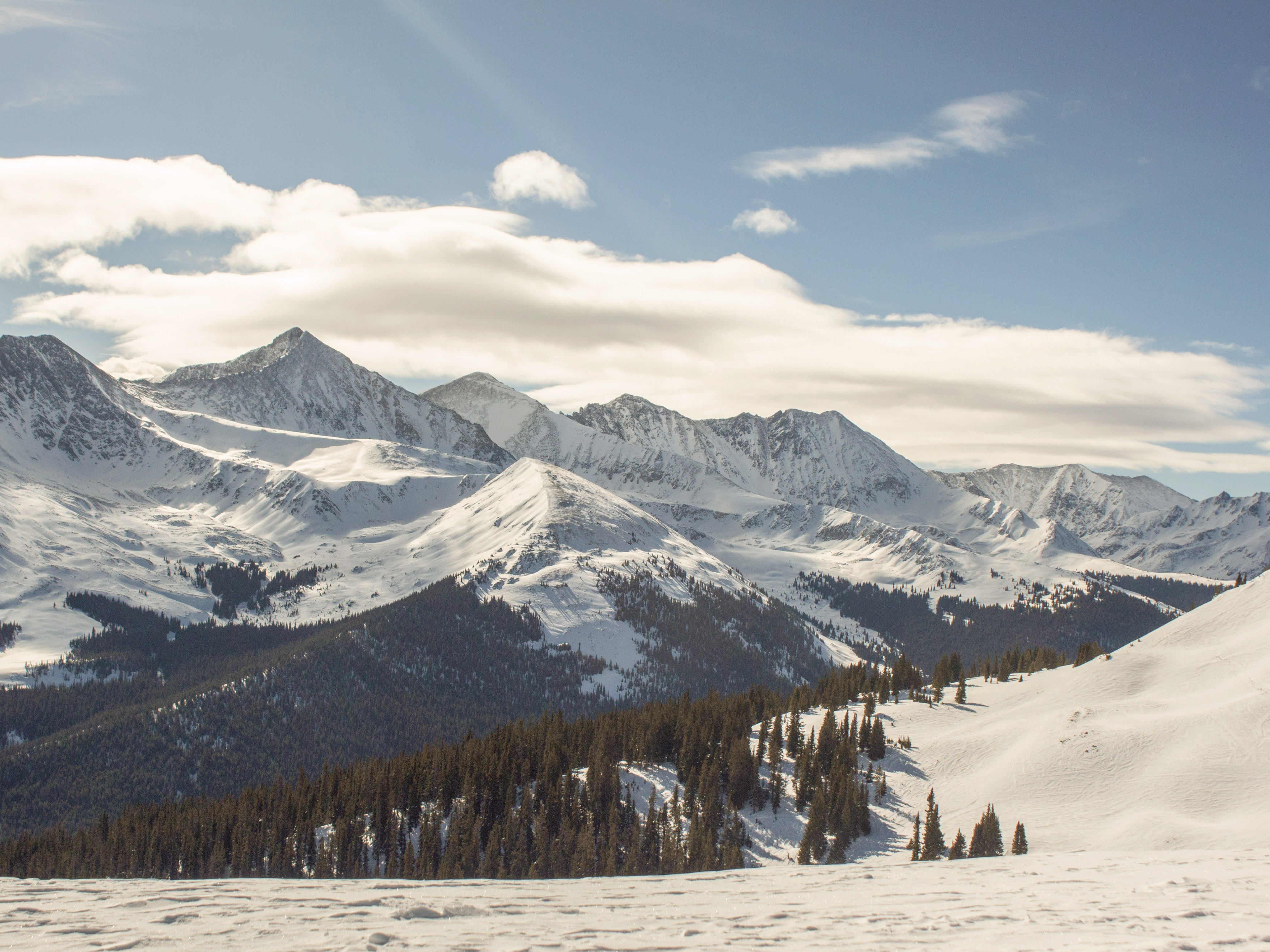
How the slopes work
What I didn’t realise before I went skiing for the first time was that slopes are laid out in routes and not all pointing in one valley. I always had the idea that you took a lift up a mountain, skied down that mountain and took another lift back up to go for another ride. This is not how it works. You generally take 2 or 3 lifts which takes you to the top of a slope. You go down that slope but do not return to the valley you departed, but rather someplace else. From there you’ll have to take another slope or 2 in order to return to the valley you departed.
If you are not anticipating this it can be quite stressful to find out you have to do at least two more slopes after having put in the utmost effort to work your way down the first one. Also take into account that lift-operators will generally not allow you to take the lifts back down, if you’re up top you have to go down as well. Do not overestimate your skills and pick a slope with a grade above your level. Starting out on the black or red slopes is not a good idea for your first skiing trip.
Apres Ski
Generally around 3-4PM people start to head back to the village to get some soup or head over to the Apres Ski straight away. In many resorts there is an Apres Ski bar right on the slopes. Your feet will probably be hurting from your first full day in skiing boots so you might want to have an extra set of thick socks with you to be able to take your boots off and don’t have your toes falling off from frostbite.
Other activities
Let’s finish this article with a comforting thought. Even if all fails and you end up hating skiing after the first day: your holiday doesn’t have to be lost. Ski resorts offer way more than just skiing, cross country and snowboarding. Most resorts have awesome miles-long sledge tracks (you can go pretty fast), and awesome spa-facilities. On the risk of sounding mushy: little villages in the Alpes look stunning during winter. You’ll be awestruck when the slopes get illuminated at night and you’re gazing up at them from the valley below.
